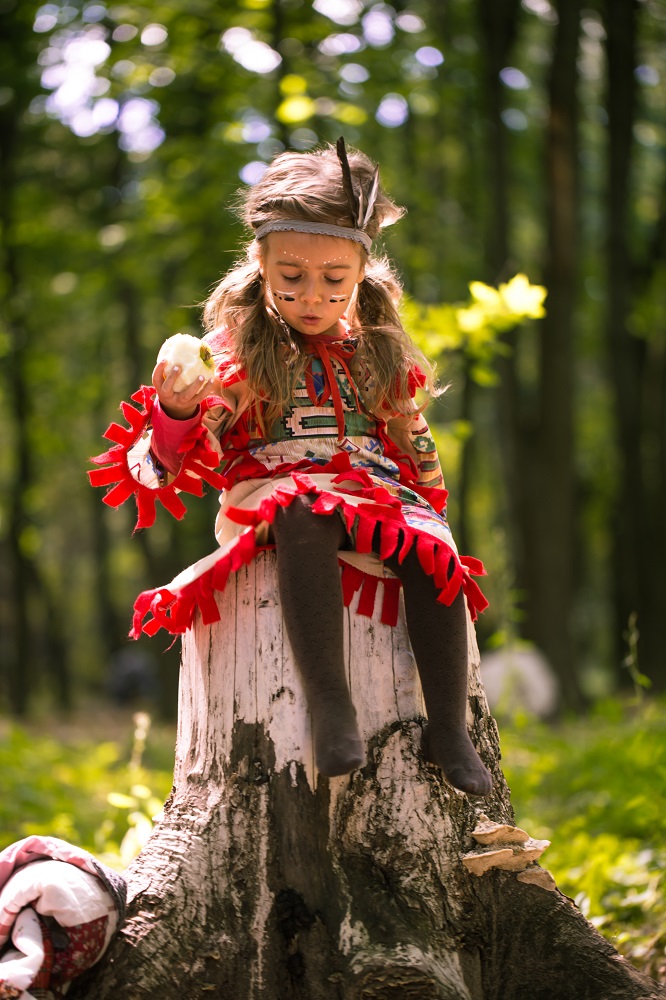Why doing the things you did as a kid makes you happy.
Living with a disability doesn’t mean living on the outskirts of the norm–it means finding creative ways to achieve your goals. To tap into creativity, you only need to tap into the joys of being a child. One of the easiest ways of sourcing this joy is by doing the things that brought you joy as a child.
Reconnecting with your inner child is a concept fit for anyone looking to find more fulfillment in adulthood. Popular psychology sees the inner child as a “subconscious” personality, affirming that the experiences we have as children have profound impacts on who we become as adults (Firman J, Russel A., 1994, Opening to the inner child: Recovering authentic personality [Google Scholar]).
When we revisit things we did as a child, it awakens this subconscious personality, and gives us ways to seek joy and find happiness, even through the struggles of adulthood.

Joy from our Inner Child
Happiness is distilled in childhood, but it is fully within our power to tap into those reserves. As a child, life is all about enjoyment, exploring new things, and spending quality time with those we love.
In childhood, a sense of dependence on those we love provides a great sense of purpose. As we grow older, we realise just how important to our happiness it is to be seen, heard, and understood. That plays a large part in self-worth. (Siegel D. J. The developing mind. How relationships and the brain interact to shape who we are. 2nd ed. New York: The Guilford Press; 2012 [Google Scholar]) One study directly linked happiness to social means.
The strong and abundant social sphere we have as children gives us an uplifting sense of security. (Julia M. Rohrer, 18 May 2018, Successfully Striving for Happiness: Socially Engaged Pursuits Predict Increases in Life Satisfaction, Association for Psychology Science, viewed 3 Nov 2021, https://journals.sagepub.com/doi/abs/10.1177/0956797618761660) When we spend time with long-term friends and family members as adults, that childlike sense of self worth and support returns with happiness in tow.
Similarly, exploring new things and the “childlike wonder” that comes of it can also be a source of happiness. Exploration is a surprisingly easy way for adults to tap into the inner child. Learning, whether it’s a new skill, a craft, or a sport, can give us a sense of growth that is ever-present in childhood and can become comforting later in life.
Even if it isn’t a new hobby, exploring our interests holds the power to uncover something that speaks uniquely to our inner child. In one study (Sjöblom, Öhrling, Prellwitz, Kostenius, 16 June 2016, Health throughout the lifespan: The phenomenon of the inner child reflected in events during childhood experienced by older persons, NCBI, viewed 4 Nov 2021, <https://www.ncbi.nlm.nih.gov/pmc/articles/PMC4912602/#CIT0039>), adults aged 70-91 were interviewed about their connections with an inner child. For many of them, recollections of imaginative scenes they created as a child served happy memories–and ones to draw inspiration from.
Whether it’s cowboys and indians or trucks and trains, a sense of imagination surrounding our influences or interests as a child can help fuel happiness in adulthood. When we spend time revisiting our childhood passions and finding ways for them to fit into a fulfilling life, we are enriching our wellbeing.

Once we identify our childhood goal, we’re often led to design a roadmap to chase it. This is not necessarily the way to happiness. As children, many of us dreamed of being astronauts or ballerinas. What that really meant was we were stirred by certain elements of those jobs. If we keep those elements in mind and allow ourselves the flexibility to explore it, we’re focused on more vague goals, which some studies suggest are more effective for happiness than specific ones. (Rodas, M. A., Ahluwalia, R., & Olson, N. J. (2018). A path to more enduring happiness: Take a detour from specific emotional goals. Journal of Consumer Psychology, 28(4), 673–681. https://doi.org/10.1002/jcpy.1042)
As children, our goals were more immediate, like the chance to have “five more minutes” before bedtime. Time is skewed in our young brains, and all we want is for something a little more. Even if it’s three minutes or ten, we were often happy for the extension at all, the goal is for the reality of the situation to not be “right now.” It’s a vague goal that reaps exciting rewards.
In adulthood, we can learn that there are other ways to chase a passion without having to perfectly define it. This is a sort of childlike sense of “going with the flow” and keeping the things that bring us joy in focus.
When can you tap into your inner child
In the study of 70-90 year olds, it became clear that the inner child is with us to stay, and this is good news for our wellbeing as we grow older. At any age, we can tap into it when we are struggling and rediscover ways to be positive thinkers through the eyes of our childhoods. (Sjöblom, Öhrling, Prellwitz, Kostenius).
The experiences we have as children, in essence, create the people we are, and there is potent joy in reconnecting with our true selves. Luckily, finding our inner child isn’t much of a difficult journey. We do live in the same body, only now it’s grown.

Ultimately, when we look at the world through the eyes of a child we learn to live from the heart. Even in difficult or challenging times, our inner child reminds us that “it will be okay.” By keeping our inner child close, we have the keys to a happy life readily available.
